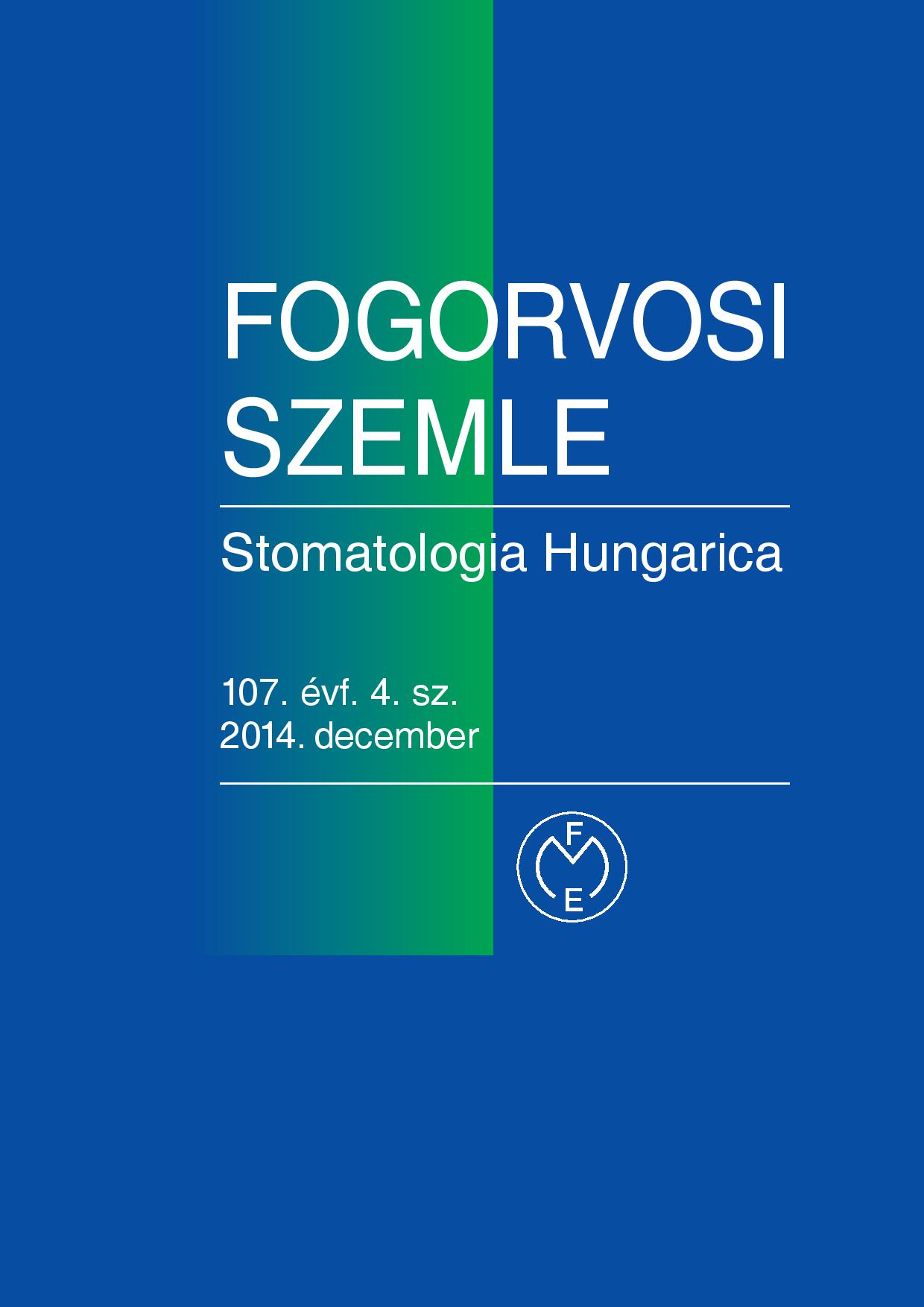A follow-up study of patients with dental allergies at University of Debrecen, Faculty of Dentistry
Abstract
The recognition and treatment of allergy is a great challenge for all fields of medicine. The high prevalence of allergic reactions to dental materials and the related financial burden of their treatment make investigation of this disease very important.
Our investigation was carried out on patients assigned to our outpatient department for dental allergy test between 1996 and 1998. We determined the distribution of gender and age among the allergic patients in the examined population. We also studied the prevalence of allergic reactions to different dental allergens and the distribution of dental allergens. In a follow-up study we determined the proportion of those patients, who were retreated in conformity with the results of epicutan tests and we followed up the positive effects of these treatments.
We have found that dental allergy occurred five times more frequently in women (84%) than in men (16%) and the most affected age group was between 20 to 39 and 40-49 years (31%). Seventy-five percent of the patients suffered from a combination of metal and polymer allergy. The most frequent metal allergen was TEGDMA (triethyleneglycol-dimethacrylate) (49,7%). The suggested treatment plan was carried out in 63% of the allergic patients. The applied treatment was successful in 48% of these cases. We experienced that 48% of these patients got rid of their earlier signs and symptoms.
Copyright (c) 2021 Authors

This work is licensed under a Creative Commons Attribution 4.0 International License.


.png)




1.png)



